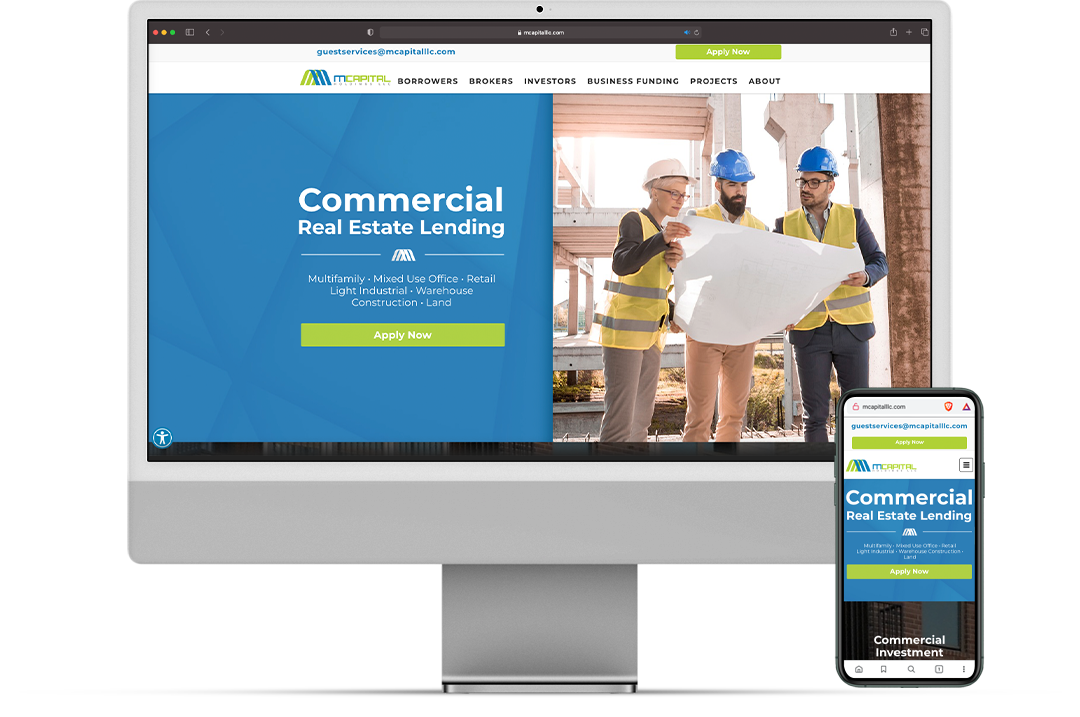Components of a Dynamic Website
The user interface (UI) is an essential component of a dynamic website. It encompasses the overall visual design, layout, and color scheme. A well-designed UI can impact the overall user experience and increase engagement. A dynamic website’s UI should be consistent across multiple devices and screen sizes, ensuring that it is user-friendly. A visually appealing UI can also have a positive impact on search engine ranking.
Service pages are an integral part of a dynamic website. A service page provides information about a particular service that a business offers. Customers often visit service pages to determine if a business can fulfill their needs. The structure of service pages should be simple and user-friendly, with clear information about the business offerings and a prominent call-to-action. Service pages should also be optimized for SEO, including relevant keywords and meta descriptions, and should be regularly updated with fresh content.
Many businesses have multiple locations, and city pages are an effective way to improve local search engine rankings for each of these locations. City pages with unique content that focuses on local landmarks and community information, such as events, activities, and attractions, can drive additional traffic to the website. Citations and links from local sources can also give a boost to local SEO, which ultimately leads to higher conversions and revenue.
In conclusion, having a dynamic website is essential for business success in today’s digital age. This type of website can improve search engine ranking, customer conversion rates, and overall user experience. For the best results, a dynamic website should feature a well-designed UI, optimized service pages, and city pages aimed at improving local search results. At Bloq Marketing, we specialize in website development and online presence. Contact us today to get started on making your website dynamic and effective!







